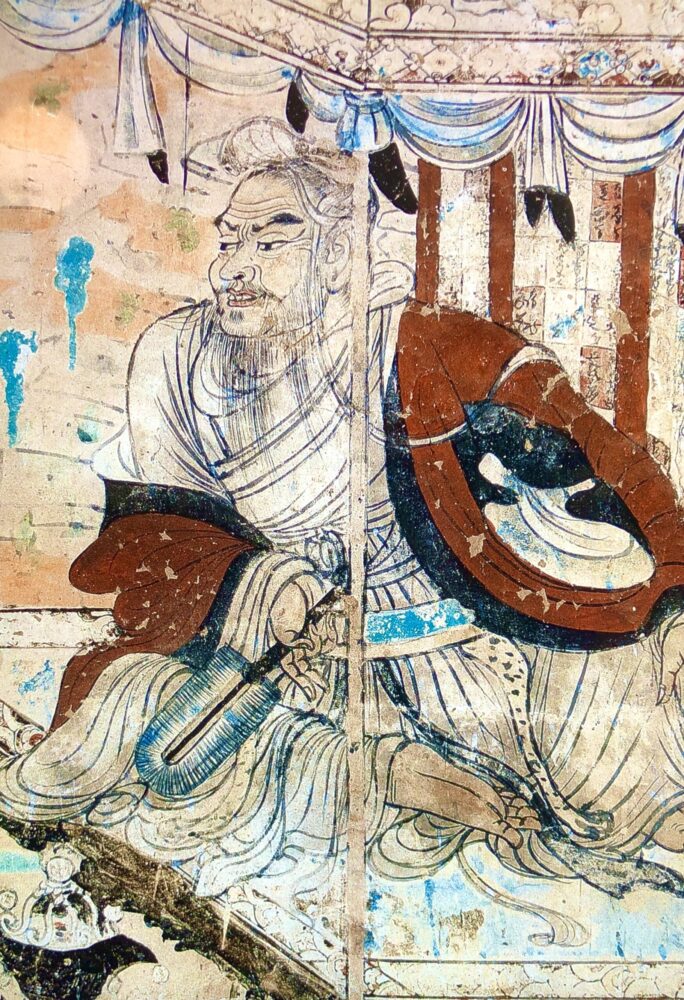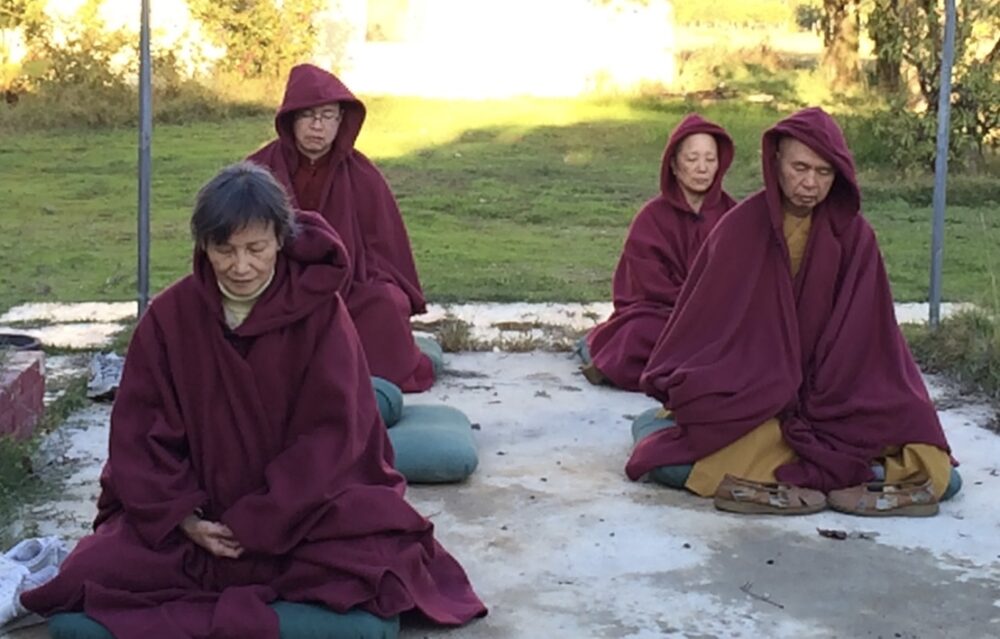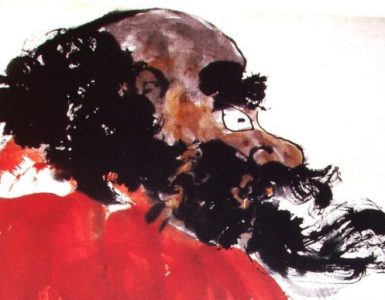
At our Sunday morning chanting yesterday we started with a reading on the first two chapters of The Vimalakirti Nirdesa Sutra. I chose the Charles Luk translation from the Chinese translation by Kumarajiva, but there are other translations available and one is even available below as a PDF for you to download. It is a delightful and very popular sutra and for good reason. It is short, precise, and explains important dharma. In essence, it is the story of how the wealthy layman Vimalakirti, a contemporary of Shakyamuni Buddha and an incarnation of Dorje Chang Buddha, came to India to help His student Shakyamuni Buddha teach His disciples about emptiness and the advantages of the Mahayana Path. I always loved it, but I wanted us to study it now while we were studying the teachings of the third incarnation of Dorje Chang Buddha–our own Buddha Master. I see the similarities in style and method of teaching and feel it only enhances what H.H. Dorje Chang Buddha III is telling us.
In the first chapter Shakyamuni Buddha introduces to a large assembly of heavenly beings and various levels of human followers, the wonders of the pure land and how to develop the Mahayana mind that can gain access to this state. He then explained that the pure land resulted from the perfection of living beings that resulted from the same practices that our Buddha Master tells us we must perfect in our cultivation. This teaching raised a strong doubt in Sariputra’s mind about the unclean state of the current world of the Buddha. The Buddha, reading his mind, touched His toe to the ground and revealed this world as wondrously clean and pure. Shakyamuni Buddha explains to His disciple “This Buddha land of mine is always pure and clean but appears filthy so that I can lead people of inferior spirituality to their salvation.” With this action several of those present gained higher levels of realization and others acquired certain supernormal powers.
In the second chapter the accomplishments and meritorious deeds of Vimalakirti are revealed to serve as an example of how these core teachings (the same provided in Learning from Buddha) guided the conduct of a Bodhisattva. Secondly, it was explained how Vimalakirti used “upaya” or the expedient method sometimes referred to as “skillful means” to bring these teachings to those of “inferior spirituality. He appeared to be indisposed resulting in thousands of visitors coming to inquire about His health and to seek supreme enlightenment.
I believe that by understanding the methods and message and miracles of the Dorje Chang Buddha of 2,500 years ago and the Dorje Chang Buddha we have living with us today will help us understand the Dharma better. We will continue hearing this sutra each Sunday morning at our 7:00 am service and hear the more recently imparted sutra each Sunday afternoon at 2:00 pm.
Other translations of this extraordinary sutra exist in English including one done in 1997 by Burton Watson that is also from the translation of Kumarajiva (344-413 CE) and one by Robert A. F. Thurman published in 1976 from the Tibetan translation. There is no known original available in Sanskrit, but there are other translations including another in Chinese by Hsuan Tang (602-644 CE).
CLICK for PDF of Robert Thurman’s translation.





Add comment